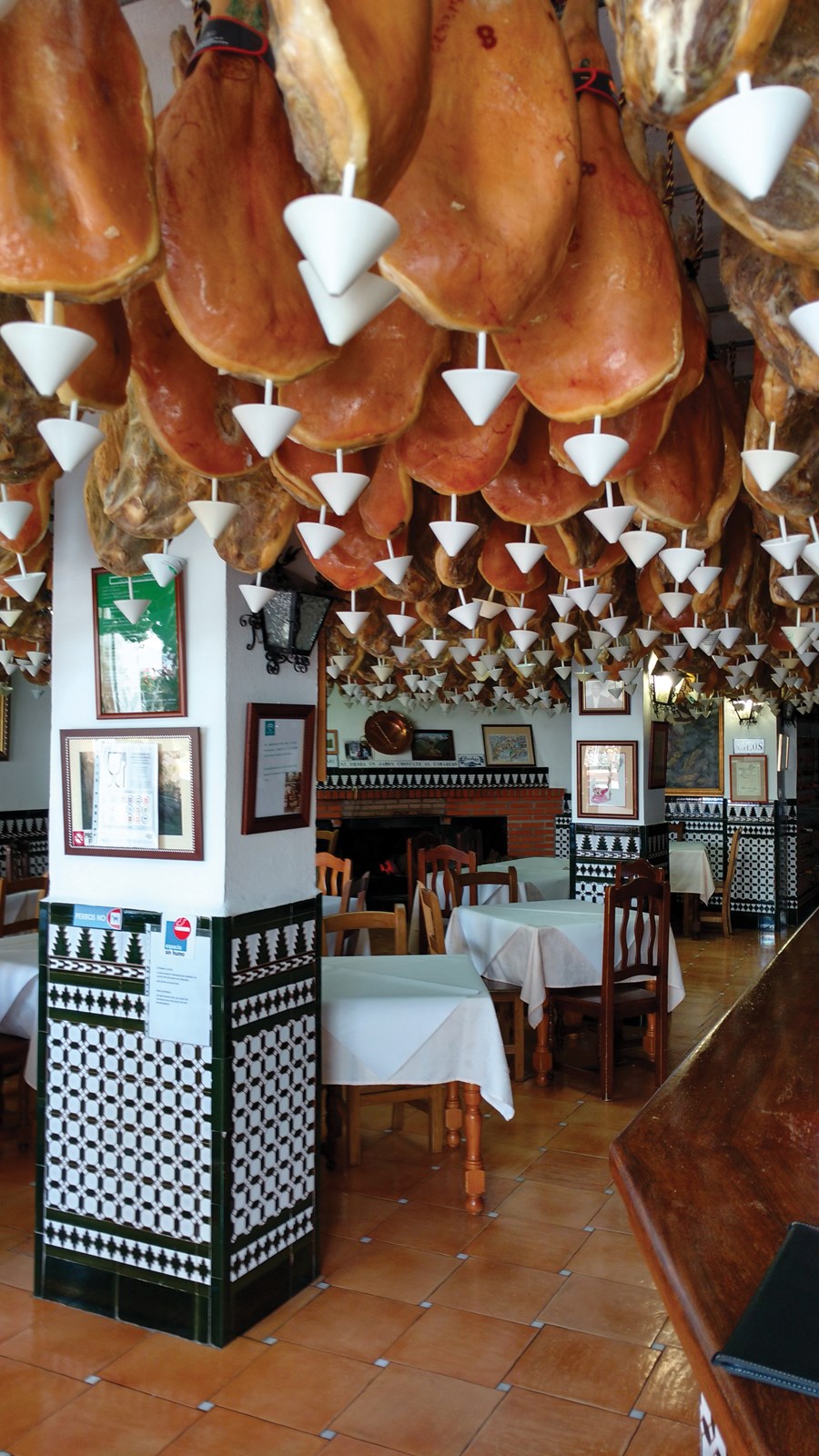Today was a 17-kilometre hike, only our second day on the Camino. We’re improving, but we’ll have to average 20 in order to make it to Santiago de Compostela in the nine days we’ve allotted.
Right now we’re at the hostel Paloma y Lena, or Dove and Firewood. Bunked in a dorm with eight beds, we’re sharing tonight with Aussies, Irish, Colombians, a German fellow and a Canadian woman from Calgary. Today was warm, in the mid-20s. We arrived an hour ago, hot, sweaty, ready to call it a day.
Gary and I are lounging in our slanted back deck chairs, taking in the scenery. Slow moving pilgrims pass in the distance, their walking sticks making a steady click in the dirt and gravel path as they ghost past. Some turn in at the gate, deciding, like us, to make this their night’s resting place. Cries of “Buen Camino” follow the others, as they opt for other lodging further along the trail.
Other fellow guests spread themselves about on two sides of the large rectangular green lawn. A large knot of Aussies and our fellow Canadian are seated, drinking and carrying on around a couple of tables pulled together under a spreading Madrono tree. Others lie back in their deck chairs in front of their rooms, catching the rays of the late afternoon sun.
An open bottle of the local vino tinto sits between Gary and me. I sip slowly. It doesn’t taste too bad and the price was right. Gary is attending to a new blister on his right foot, another to go with the first one he acquired yesterday. I’m nursing aching quads, the result of a long day’s downward climb from our starting point at O Cebreiro. In time, our bodies will hopefully adjust themselves to this new routine.
I feel like it’s time for some music. I pull the small harmonica from my pocket, put my feet up and lean back to play. The first tune that comes to mind is “Sea People,” a slow, melodious piece from Cape Breton that appeals to my mood. I work through three verses and when finished, am caught off guard by the gentle applause. Encouraged, and somewhat embarrassed, I turn to “Amazing Grace,” which goes down well, and finish off with “Are You Mine,” an old country and western song. As I slipped the harmonica into its box and back into my pocket, an older gentleman raises his glass towards Gary and me and declares, in German accented English: “music is the universal language” and “a toast to my newfound Canadian friends!” We raise ours in return “to music and to friendship” we respond. We meet this gentleman again a week later at a tapas bar in Santiago de Compostela. We embrace like long lost brothers.
Our pilgrimage on the Camino de Santiago was the last third of our month-long visit to Spain. Together with our wives, Marilyn and Sharon, we arrived in Madrid just after May Day. Our visit focused on Andalucía to the South, Galicia and the Camino in the North West, and a few days each in the capital of Madrid and the hot, dry region of Extremadura, from where many of the original conquistadors originated.
Seville, the major city in Andalusia. We’ve just arrived by RENFE, the Spanish train system, after a three-hour run from Merida, or Augusta Emerita. Seville is a veritable banquet of delights. We’re met at the hotel by our guide, Clara Leal Paz. She is young, enthusiastic and can’t wait to take us on a walking tour of the local historical interest spots.
Seville cathedral is our first stop. Its construction began in the 13th century, lasted over 400 years and takes in both Moorish and Christian architecture. At least some of Christopher Columbus’ remains are interred here.
Later, we meet Maria Petronella, our guide for an evening of flamenco music and dance. Before that, I had arranged a guitar lesson with one of her musicians, Luis. The three of us sit in Maria’s dance studio and Luis takes me through the rudiments of flamenco playing. The first thing I had to learn was how to hold the guitar. “Close and tight, like you’re holding a woman” was Luis’ advice. Why was I not surprised?
When class was over, Maria and I walked back to the Hotel Cervantes, where we were all staying. We picked up the others and headed across the River Guadalquivir to la Triana district for our evening’s study of the flamenco culture, first over a session of tapas at a local bar, then on to Maria’s own venue – a restaurant/nightclub that seats 30 some patrons for an evening of music and dancing. This was staged by Maria herself, her dance partner Katia, who looks every bit the tall, slim, provocative, dark-eyed enchantress, and Luis, my teacher of an hour earlier. Together, they put on a two-hour show that left us crying for more!
Other memories from our month in Spain: The ubiquitous jamon Iberica or Iberian hams, displayed centre stage in just about every bar or restaurant throughout the country. The drive through the Sierra Nevada. The Alhambra in Granada. The Mezquita in Cordoba.
And if you’re fortunate, as we were in many of the tapas bars in Madrid, you will be offered a Crema de Orujo, on the house, at the end of your meal. The best one is reputed to come from Galicia, where we did our Camino. If you get the chance, try it!



